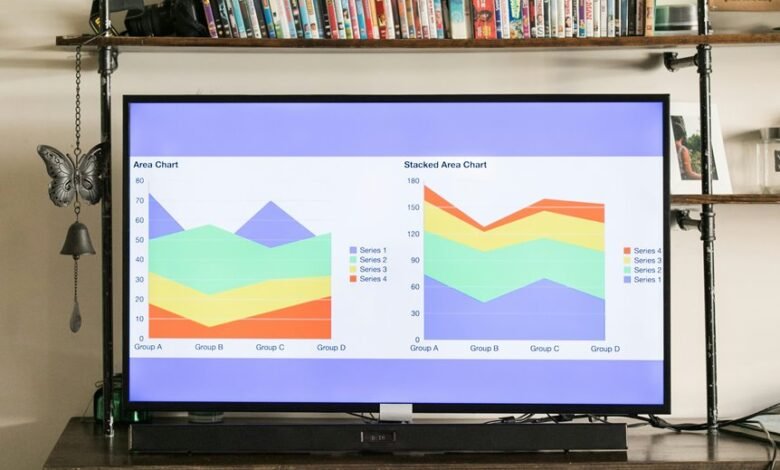1553400000 Investigating Mobile Call Trends Across Areas

The investigation into mobile call trends across urban and rural areas reveals pronounced differences shaped by various factors. Urban populations leverage advanced technology, leading to frequent and diverse interactions. In contrast, rural communities face challenges due to limited mobile service access. These disparities raise questions about the impact of time zones and socioeconomic conditions on communication behaviors. Understanding these dynamics may illuminate the underlying challenges and opportunities for enhancing connectivity in different regions.
Urban Communication Patterns
As urban populations continue to grow, communication patterns among city dwellers are evolving in response to technological advancements and cultural shifts.
Urban connectivity is increasingly facilitated by technology adoption, leading to more immediate and diverse interactions. The rise of mobile applications and social media platforms enhances real-time engagement, reflecting an interconnected lifestyle that shapes both personal and professional relationships within metropolitan environments.
Rural Call Trends
While urban areas experience rapid advancements in communication technology, rural regions exhibit distinct call trends shaped by different socio-economic factors and infrastructure challenges.
Landline usage remains prevalent in these areas due to limited network accessibility, impacting mobile call frequency.
The reliance on traditional communication methods highlights disparities in technological adoption, reflecting the need for improved infrastructure to enhance connectivity and support rural communities.
Impact of Time Zones on Mobile Usage
The impact of time zones on mobile usage is significant, as varying regional clocks influence user behavior and communication patterns.
Call frequency often peaks during local business hours, demonstrating how time synchronization affects connectivity.
Users in different zones may experience delays or mismatched schedules, complicating communication.
Understanding these temporal dynamics is essential for optimizing mobile strategies and enhancing user experiences across diverse regions.
Socioeconomic Factors Influencing Call Behavior
Socioeconomic factors exert a profound influence on call behavior, shaping how individuals interact through mobile technology.
Income disparities often dictate access to mobile devices and services, while cultural influences determine communication preferences and styles.
In lower-income areas, limited financial resources may restrict frequency and duration of calls, whereas affluent communities tend to engage in more diverse and frequent mobile interactions, reflecting their varying social dynamics.
Conclusion
In an era where urban dwellers engage in a symphony of incessant mobile interactions, rural communities grapple with the echoes of outdated communication methods, akin to whispers in a vast canyon. The relentless march of time zones further complicates this already tangled web, amplifying disparities in connectivity. Socioeconomic factors loom large, dictating call behaviors with an iron fist. Ultimately, these trends illuminate a stark reality: the digital divide is not merely a gap but a chasm, threatening to isolate communities from the modern world.




